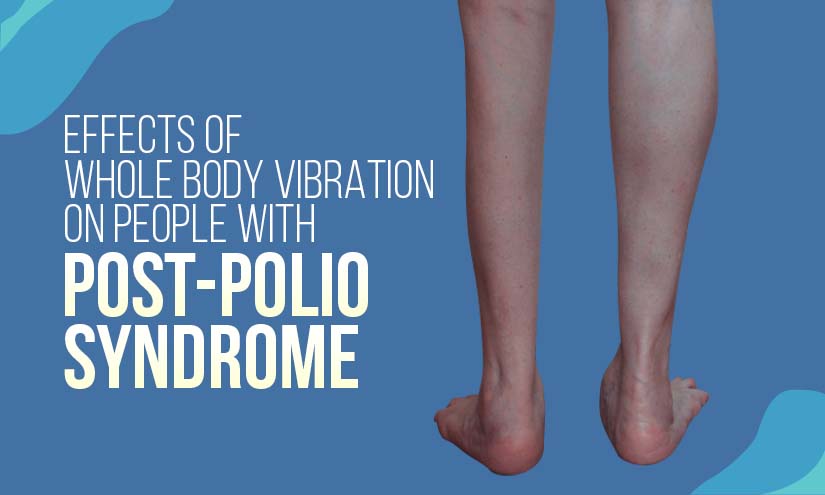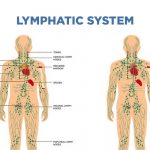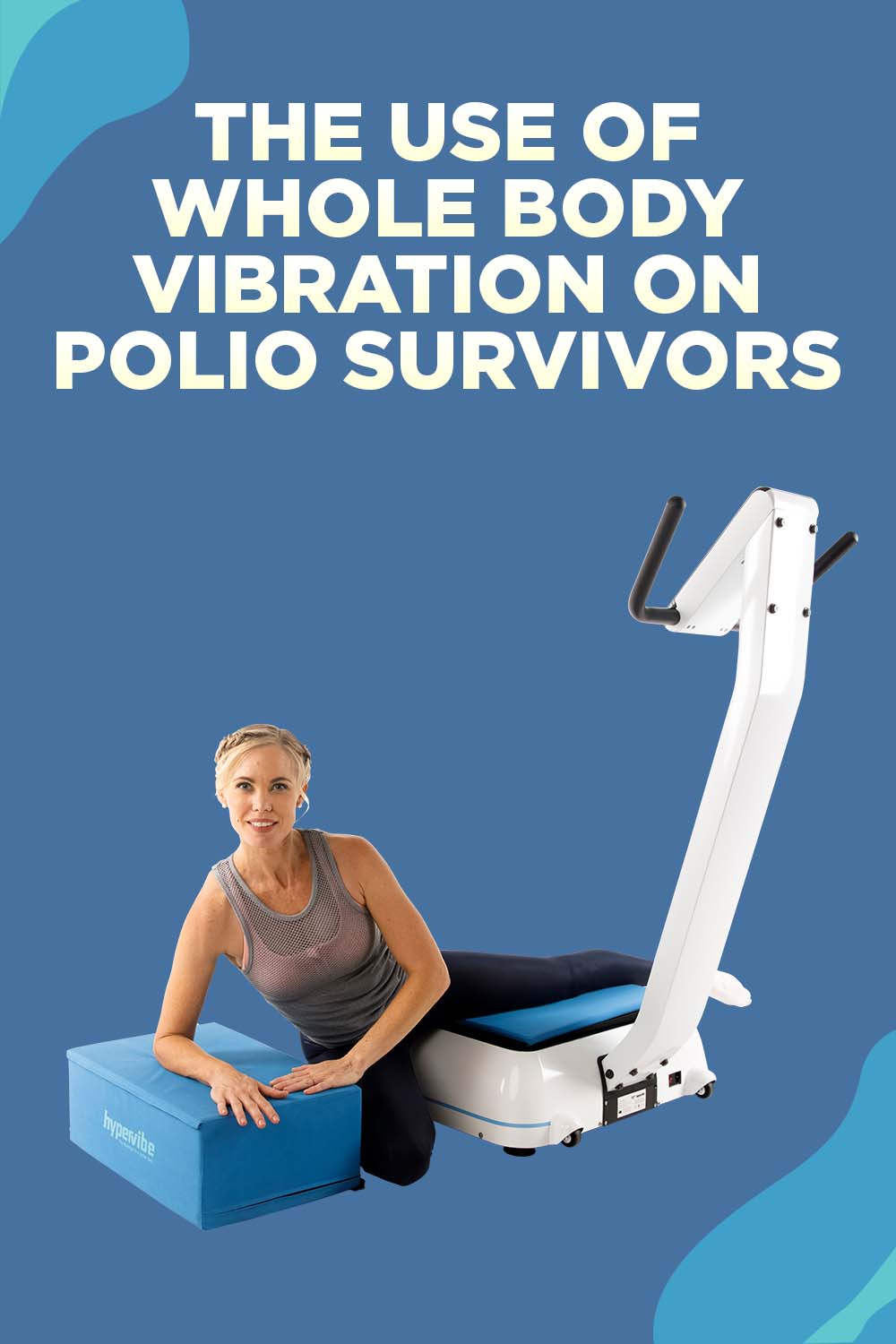Effects of Whole Body Vibration on People With Post-polio Syndrome

Post-polio syndrome (PPS) is a neurological condition that affects polio survivors approximately 15 years following the polio infection. The syndrome is characterized by newly developed neurological deficiencies that appear after a 10 year period of relative neural stability. PPS disorder may manifest in numerous forms, including persistent muscle weakness, myalgia, muscle atrophy, arthralgia, dysphagia, as well as general fatigue, which has been linked to a reduced quality of life.
Over the past decade, whole body vibration (WBV) has gained significant popularity for tackling various neurological illnesses, such as cerebral palsy, multiple sclerosis, and spinal cord injuries. Lately, scientists have been focusing on another use of the activity, namely for post-polio syndrome. In today’s article, we are going to explore the link between whole body vibration and post-polio syndrome in greater detail.
Does exercise help post-polio syndrome?
Managing the newly developed symptoms of the post-polio syndrome varies for each individual. For that reason, every person affected by the condition should seek relevant advice and treatment according to their circumstances. Nevertheless, exercise has been found to be particularly helpful in the majority of PPS cases.
According to scientific research, people with post-polio syndrome who implement regular physical activity into their weekly routines experience a better level of motor function and a lesser number of symptoms, compared to PPS sufferers who are not physically active. This is why scientists recommend the adoption of regular exercise activities for people who have survived polio.
It is important to mention that the activities should not lead to muscle pain, soreness, or fatigue. Furthermore, muscle-strengthening activities should be used only on muscles that allow for a full range of motion. Exercise progression should be gradual and appropriate. Among the most favorable types of physical activity for individuals with PPS are:
- Aquatic exercises
- Stretching
- Aerobic exercises
- Walking
- Hand cycling
- Whole body vibration therapy
Can you recover from post-polio syndrome?
Unfortunately, at the time of writing this article, there is no cure for PPS. The various forms of treatment are usually focused on helping post-polio syndrome individuals manage their symptoms and improve their quality of life. PPS sufferers are most often treated by different health specialists working together as a group, called a multidisciplinary team or MDT.
A typical multidisciplinary team comprises a neurologist, physiotherapist, occupational therapist, respiratory consultant, and mobility specialist. Keeping physically active has been found to be among the most beneficial approaches for the majority of people with PPS, as it slows down progressive muscle atrophy.
Having said that, some people with the condition may experience difficulties engaging in conventional physical activity due to worsening of the symptoms. This is where whole body vibration therapy has been found particularly useful. The therapy requires only 15 – 20 minutes a day, 3 – 4 days a week. It is gentle to the joints and does not ask for any physical input from the patient.
Furthermore, individuals with PPS need to maintain a normal weight within the BMI range of 18.5 – 24.9 kg/m2. Being overweight or obese can further worsen the condition. Following a healthy diet, rich in whole grains, fruits, vegetables, beans, nuts, and seeds, could also help significantly.
How can I strengthen my polio legs?
Various types of exercise can help individuals with polio strengthen their legs. Before engaging in any one of them, however, several important aspects need to be taken into consideration:
- Ask your medical provider whether the exercise is suitable for you;
- Do not perform any physical activities 1 hour before and 1 hour after a meal;
- Do not engage in exercise within 2 hours of bedtime;
- Cease the physical activity if you feel fatigued or experience speech difficulties;
- If you feel more tired after the physical activity, do not increase the frequency or intensity of the exercise;
- Cease any physical activity that causes you sharp pain;
- Whenever possible, exercise with a person next to you;
The best exercises for increasing the strength in people with polio legs are focused on stimulating the muscles in the lower body extremities, improving the flexibility of the joints, aiding the blood flow to the tissues, and managing the pain that might be associated with the condition.
Among the most favorable physical activities in that direction are stretching, swimming, as well as minimal to moderate intensity strengthening exercises, such as knee bending from a standing position. Another type of exercise that has been showing positive results when it comes to muscle strengthening is whole body vibration. We will explore the activity in more detail later in this article.
Is post-polio syndrome a disability?
Post-polio syndrome is a pathological condition that is associated with numerous complexities. Very often, the symptoms may affect a person’s employment capabilities, as well as his or her personal life. Depending on the severity of the condition and level of social impact, some individuals with PPS may be diagnosed with a certain form of disability.
Even though in the United States polio is an illness of the past (the last case in the country was observed in 1993), the National Organization for Rare Disorders (NORD) has estimated that currently in the US there are about 300,000 polio survivors, and that up to half of them live with a form of PPS.
How severely a person would be impacted by post-polio syndrome depends on a number of factors, including:
- The extent of severity of the initial polio infection – the bigger the severity of the original polio infection, the greater the risk of developing a post-polio syndrome;
- The age of a person during the onset of the condition – individuals who have contracted polio at an older age are much more likely to develop PPS;
- The level of physical activity – overtraining and strenuous physical activity has been linked to a higher risk of developing PPS;
- The type of recovery from the original polio infection – overly strong and fast recovery could lead to a bigger risk of PPS.
The use of whole body vibration on polio survivors
Over the past couple of decades, WBV has been a subject of a broad range of scientific studies. Up until now, physical activity has been proven beneficial for boosting muscle strength, increasing bone density, improving blood circulation, reducing chronic pain, and aiding body balance, among others. More recently, vibration therapy has been gaining popularity within the rehabilitation setting too, helping alleviate the symptoms of various chronic illnesses.
One of the latest applications of whole body vibration has been its therapeutic use on polio survivors. According to scientific data, the exercise is particularly useful for individuals suffering from neurological conditions, including PPS, for several significant reasons:
- WBV is a type of low-impact exercise that does not require much effort from the participant;
- The activity is ideal for strengthening the muscles of lower extremities, increasing bone mineral density, accelerating blood flow to tissues, as well as improving balance and flexibility;
- The body vibration plate (the equipment used for performing WBV) comes with a number of settings and modes, thus being able to accommodate the different needs of polio survivors;
- The regular implementation of WBV therapy has been found beneficial for decreasing overall pain and body aches, associated with PPS;
- The exercise offers one of the best alternatives to conventional physical activity (which is often found difficult to engage in by people with PPS);
- Overall, WBV appears to be a feasible, tolerable, and safe means of weight-bearing physical activity for polio survivors.
Conclusion
Post-polio syndrome is a type of neurological illness that affects polio survivors, typically about 15 years following the initial polio infection. The condition is characterized by various symptoms, including progressive muscle atrophy, muscle soreness, generalized fatigue, and a reduction in the quality of life.
Unfortunately, at this point, science is powerless in terms of offering a cure for PPS. The treatment comes down to managing the disease and slowing down the persistence of the symptoms. Among the most favorable approaches in that matter appear to be the implementation of a healthy eating plan and regular physical activity, including whole body vibration therapy.
References (in order of appearance)








